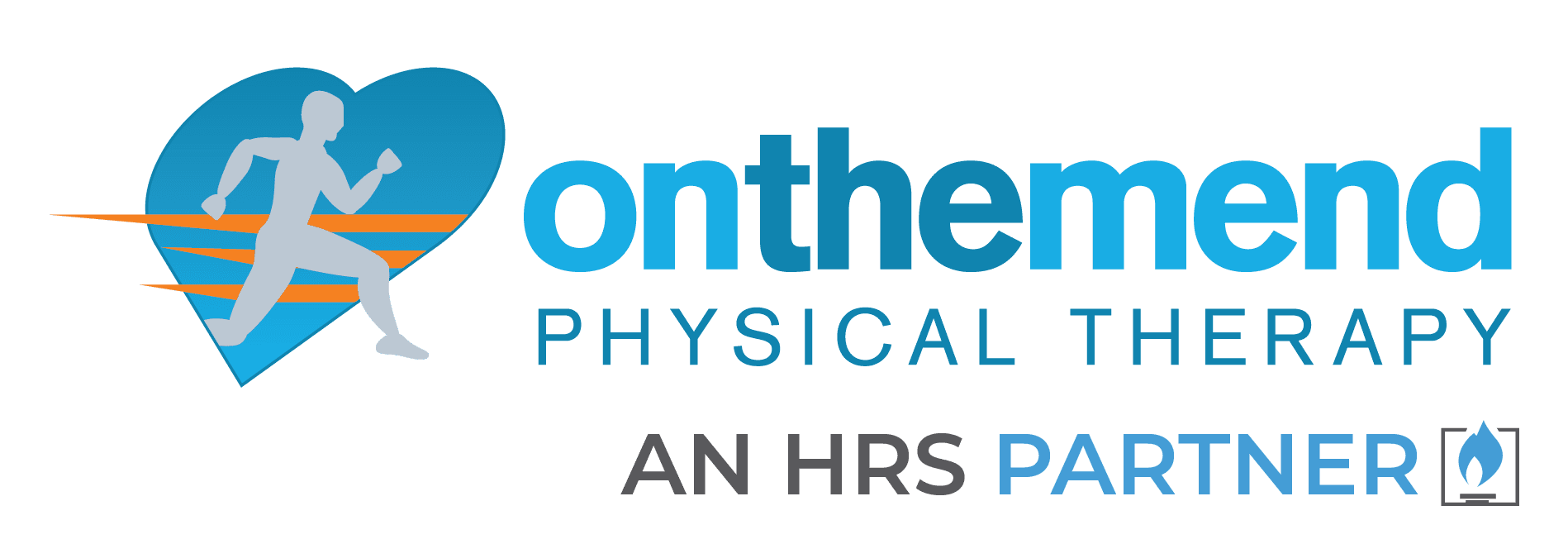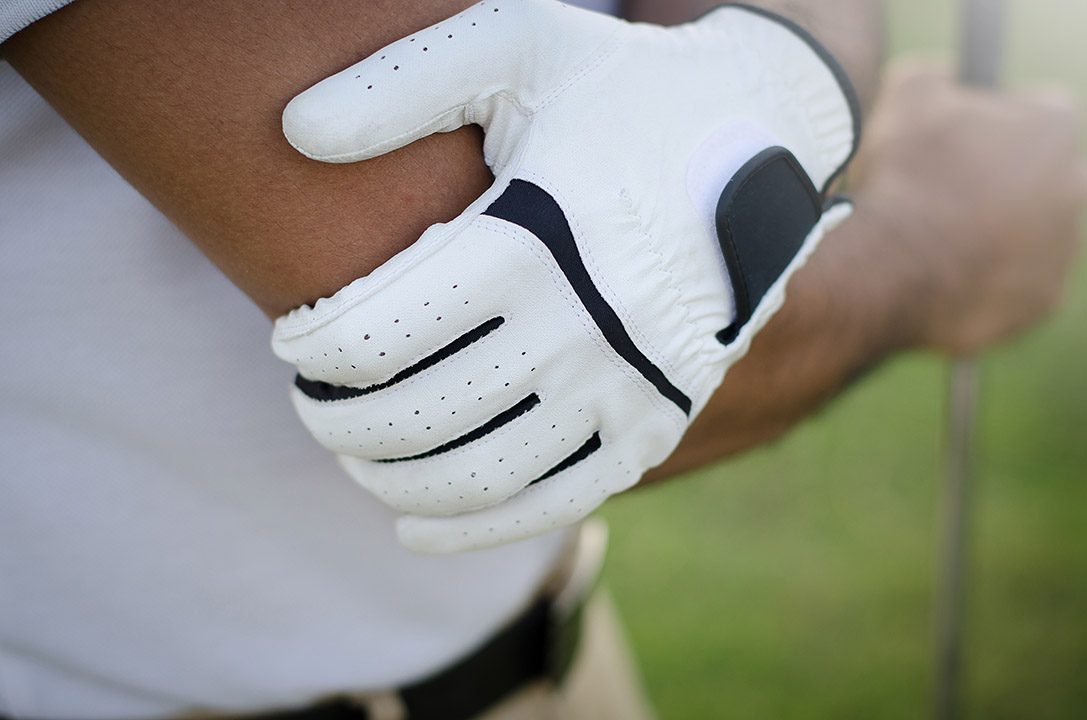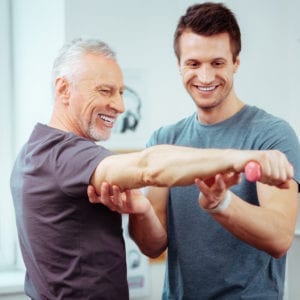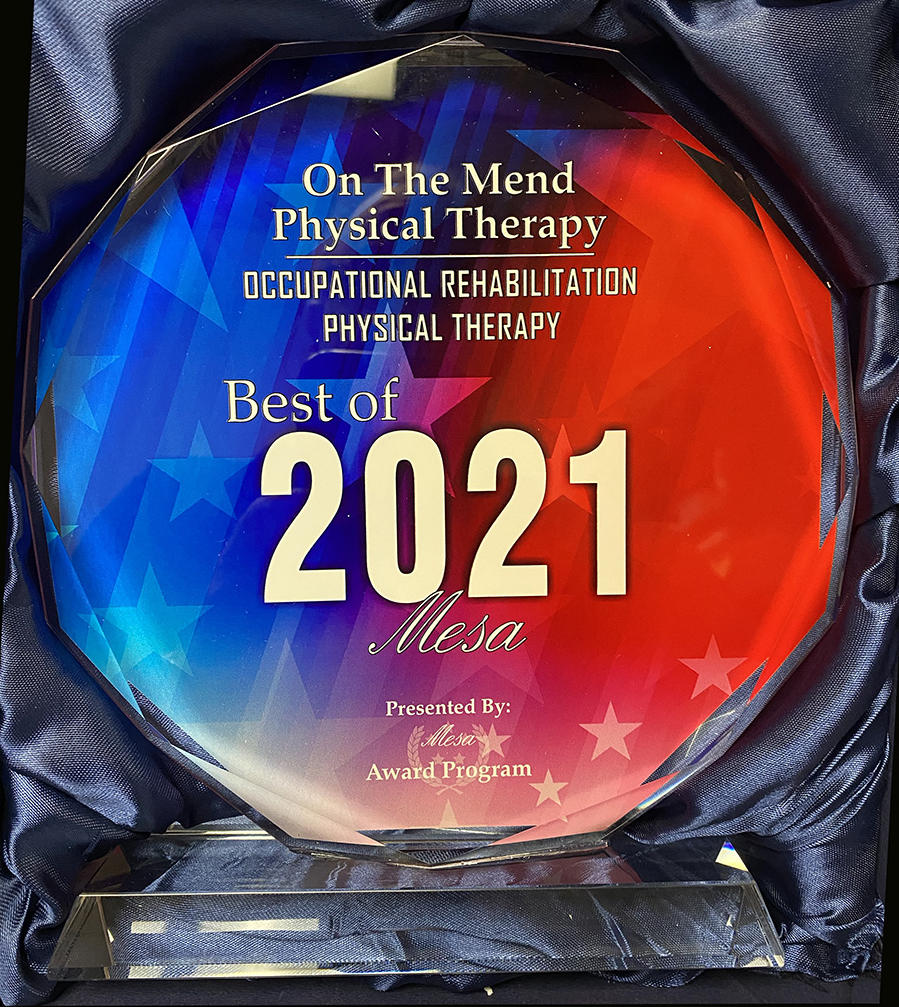Tennis or Golfer’s Elbow?
Most people who get tennis elbow don’t play tennis! In fact, less than 5% of all cases of tennis elbow occur in people who play tennis. Tennis elbow can happen to anyone who repeatedly uses their elbow, wrist, and hand for their job, sport, or hobby.
What Is Tennis Elbow
(Lateral Epicondylitis)?
Tennis elbow is a painful condition caused by overuse of the “extensor” muscles in your arm and forearm, particularly where the tendons attach to rounded projections of bone (epicondyles) on the outside or lateral aspect of the elbow. The muscles you use to grip, twist, and carry objects with your hand all attach to the “lateral epicondyle” at the elbow. That’s why a movement of the wrist or hand can actually cause pain in the elbow. Prolonged use of the wrist and hand, such as when using a computer or operating machinery —and, of course, playing tennis with an improper grip or technique—can lead to tennis elbow. It can happen to athletes, non-athletes, children, and adults.
What is Golfer’s Elbow?
(Medial epicondylitis)
Golfer’s elbow or thrower’s elbow is a condition that develops when the tendons on the inside of the forearm become irritated, inflamed, and painful due to repetitive use of the hand, wrist, forearm and elbow. It is often diagnosed in people who perform repetitive motions, such as swinging a golf club or tennis racket, or activities requiring gripping, twisting, or throwing. Even using a computer or performing yard work can cause the condition. A physical therapist can help decrease the pain caused by medial epicondylitis, and improve the affected elbow’s motion, strength, and function.
Signs and Symptoms
Symptoms of tennis or golfer’s elbow can occur suddenly as a result of excessive use of the wrist and hand for activities that require force, such as lifting, twisting, or pulling. Forceful activities—like pulling strongly on a lawn mower starter cord—can injure the extensor muscle fibers and lead to a sudden onset of tennis elbow. More commonly, though, symptoms of tennis elbow develop gradually over a period of weeks or months as a result of repeated or forceful use of the wrist, hand, and elbow. Your symptoms may include:
- Pain that radiates into your forearm and wrist
- Difficulty doing common tasks, such as turning a doorknob or holding a coffee cup
- Difficulty with gripping activities
- Increased pain when you use your wrist and hand for lifting objects, opening a jar, or gripping something tightly, such as a knife and fork
- Stiffness in the elbow
- Weakness in the forearm, wrist, or hand
Your physical therapist will perform a careful examination not only of your elbow but of other areas of your body that might be affected and might be contributing to your pain. We will also do special manual tests that help diagnose the problem and help detect conditions such as muscle weakness that might have led to the problem in the first place.
How Can Physical Therapy Help?
We can design a specific program to speed your recovery and offer treatments to help relieve pain, such as manual therapy, special exercises, applying ice or heat or both. For an “acute” case of tennis elbow—one that has occurred within the past few weeks— it’s important to treat as early as possible. Left untreated, tennis elbow may become chronic and last for months and sometimes even years. This is especially true if treatment is focused only on relieving pain and not on correcting the muscle weakness and bad habits that might have led to your condition in the first place.
Improve Your Ability to Move: We can use manual therapy to enable your joints and muscles to move more freely with less pain.
Improve Your Strength: Insufficient muscle strength can lead to tennis or golfer’s elbow. Sometimes the weakness is in the muscles of the wrist and forearm. In many cases, the problem stems from weakness of the supporting postural, or “core,” muscles. In fact, you might find that it is necessary to improve your overall level of fitness to help manage your elbow condition.
Use Your Muscles the Right Way: We can help you retrain your muscles so that you use them properly. For example, when you lift a heavy grocery bag, you should contract the muscles around your shoulder blade and trunk to provide support for your arm muscles. This simple movement can be easily taught to you by a physical therapist and can lessen the stress to the injured muscles and help you return to your normal activities while avoiding re-injury.
Return to Your Activities: We can help you remain active by teaching you how to modify your daily activities to avoid pain and further injury. Sometimes it’s necessary to make changes at work, on the playing field, or in the home. We’ll help you make simple modifications to your work site, your computer set-up, your kitchen devices, your sports equipment, and emphasize the importance of taking stretch breaks so that your muscles get frequent rest from repetitive movements and standing or sitting in the same position. Physical Therapy can help analyze the source of your elbow problem and find a solution.




